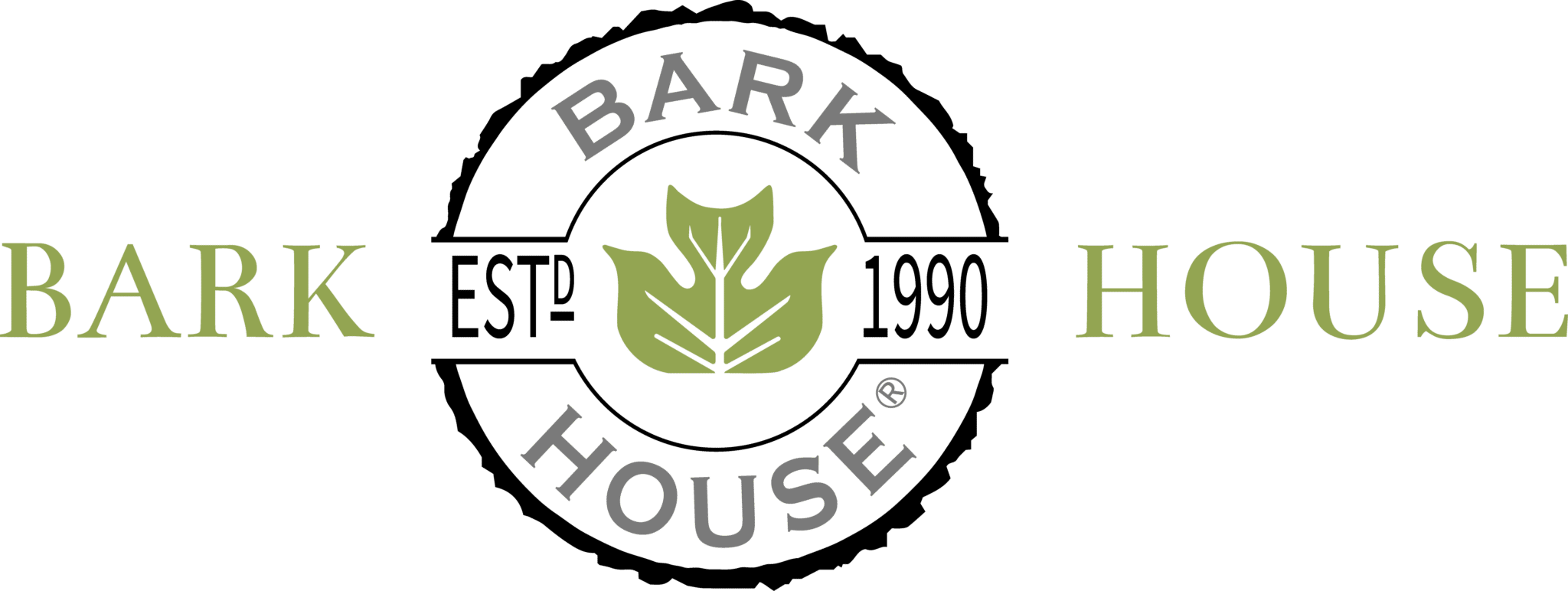Big Impacts Start Small
The value of an employee who thinks cannot be measured – so we intentionally encourage the development of this capacity. “Bark Season” coincides with the Summer break from high school and university, so we hire a percentage of returning students each year for our team. At the end of each season, we meet and ask … Continued
